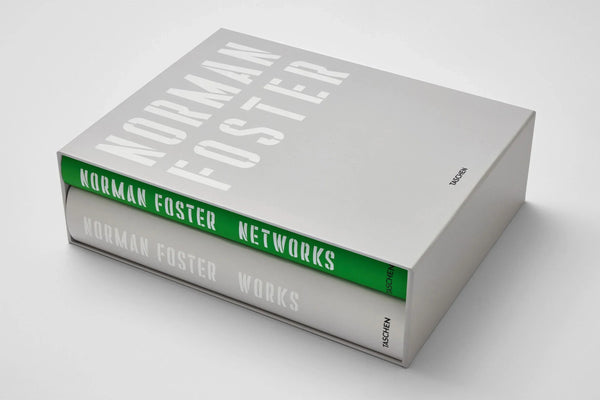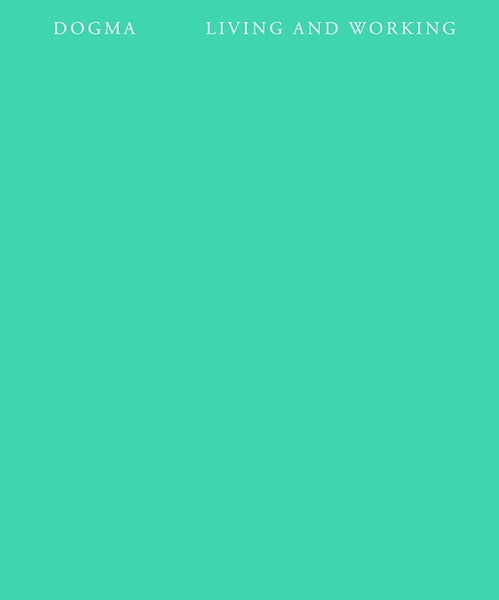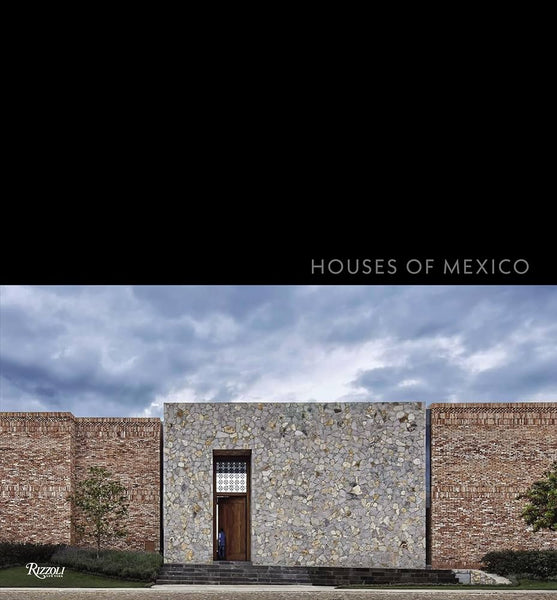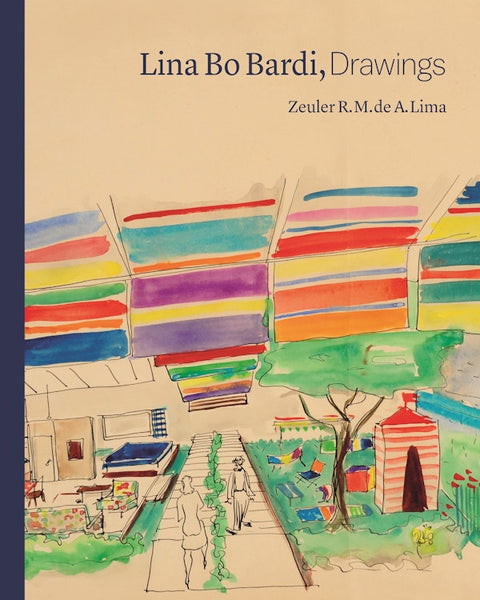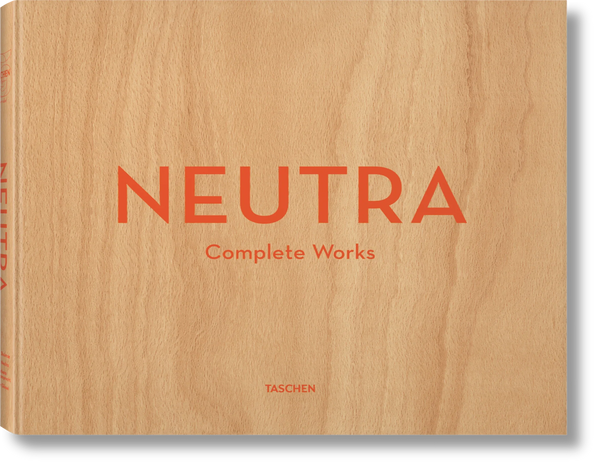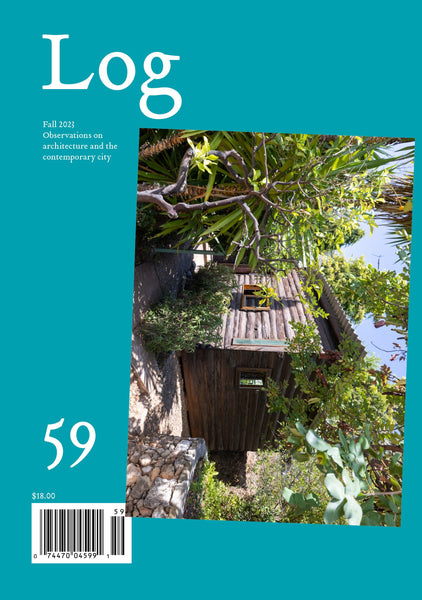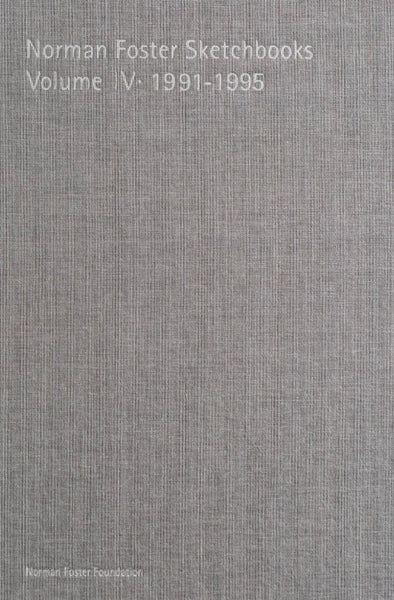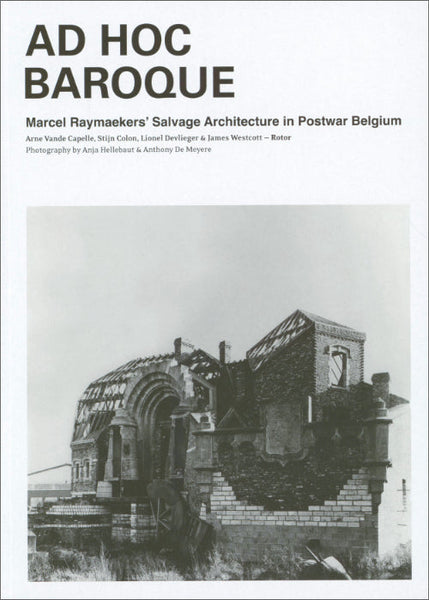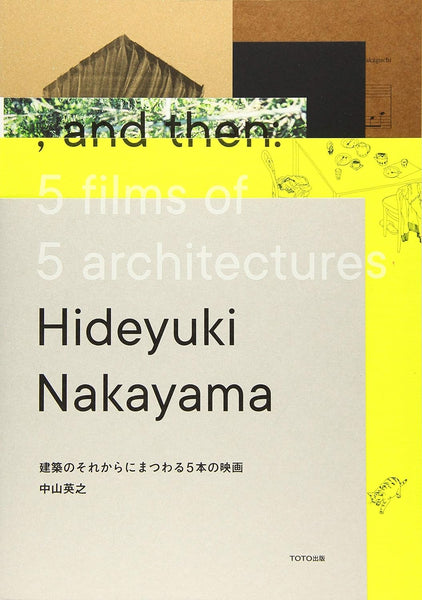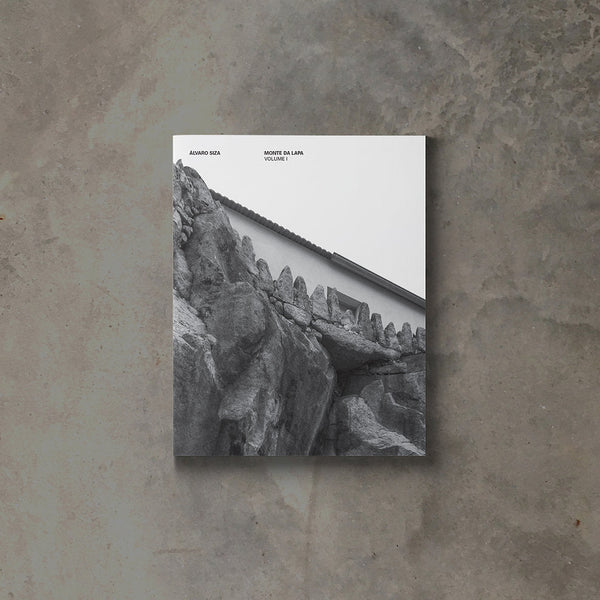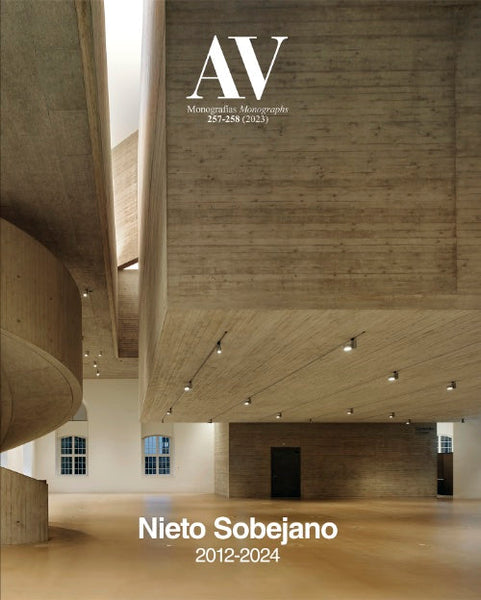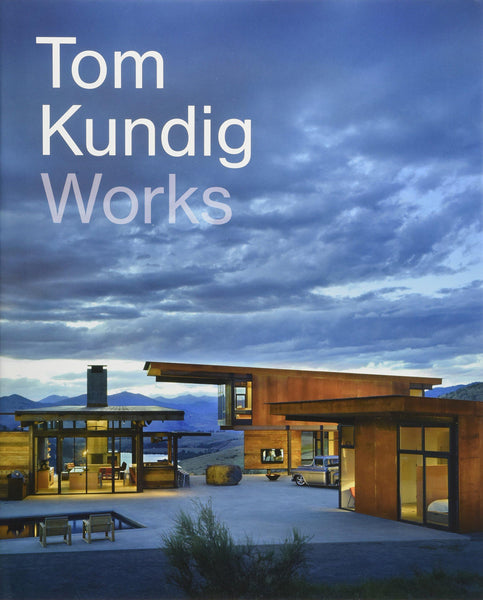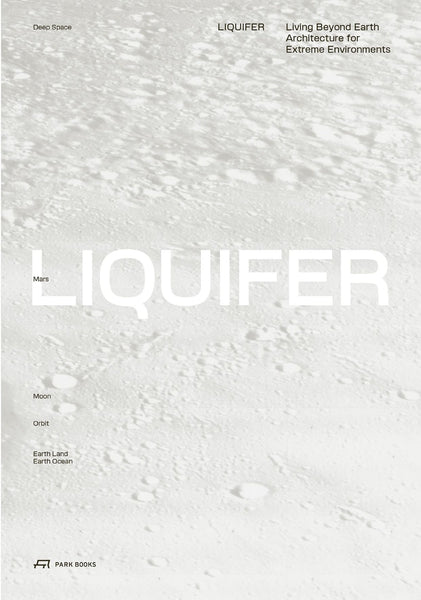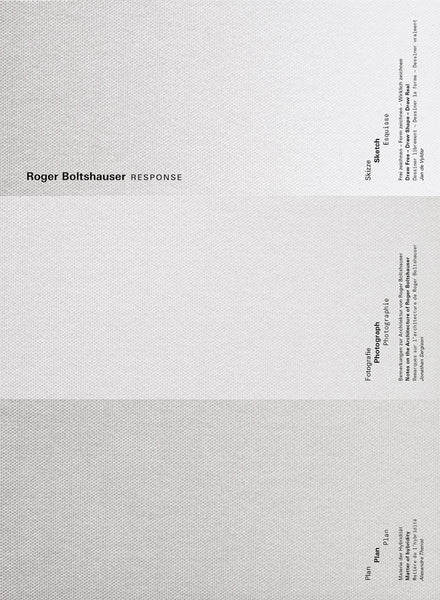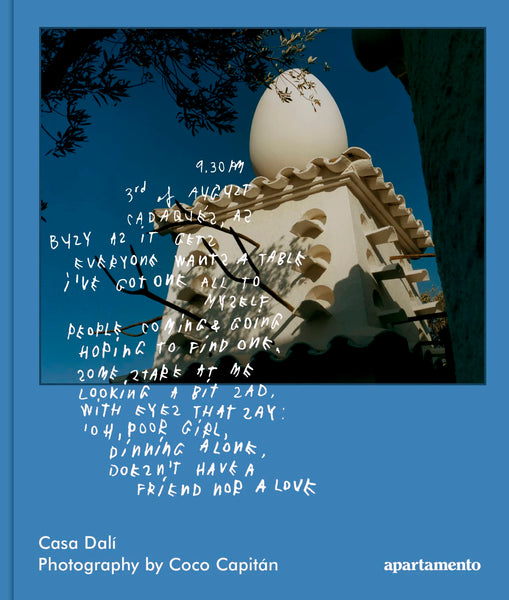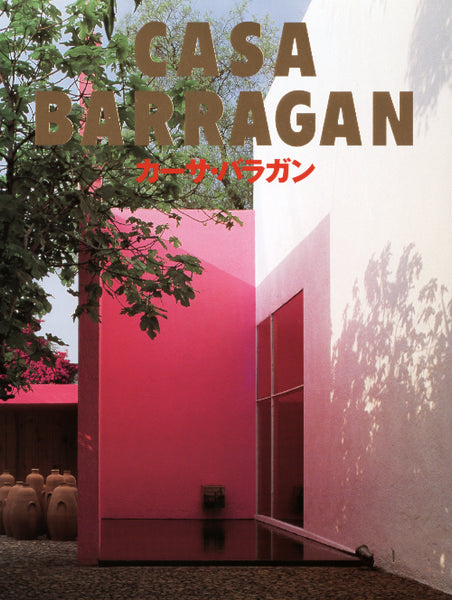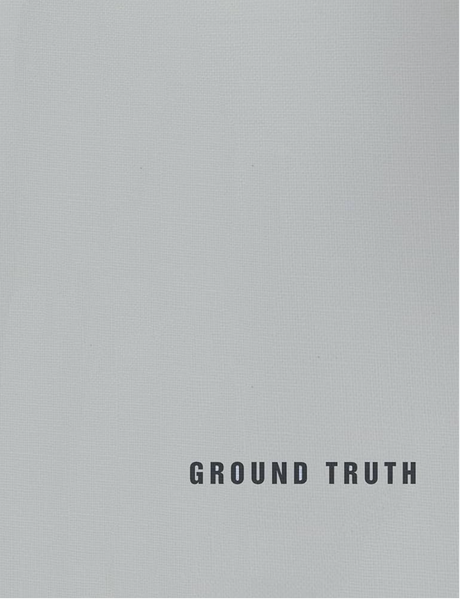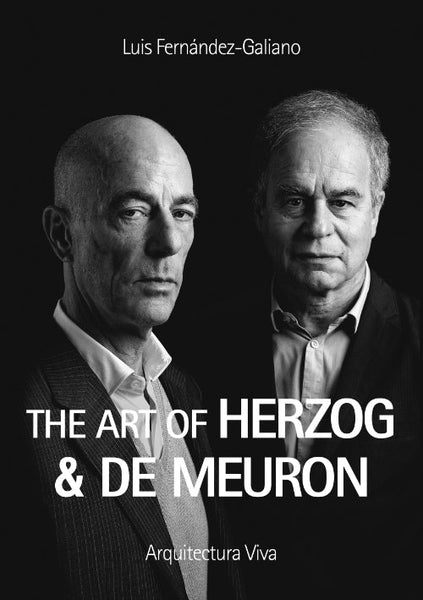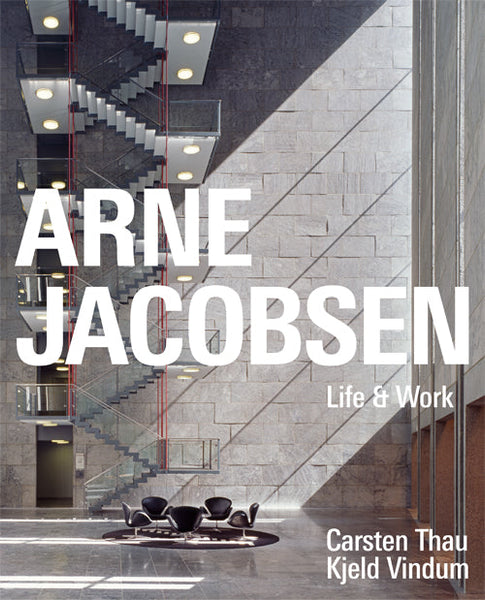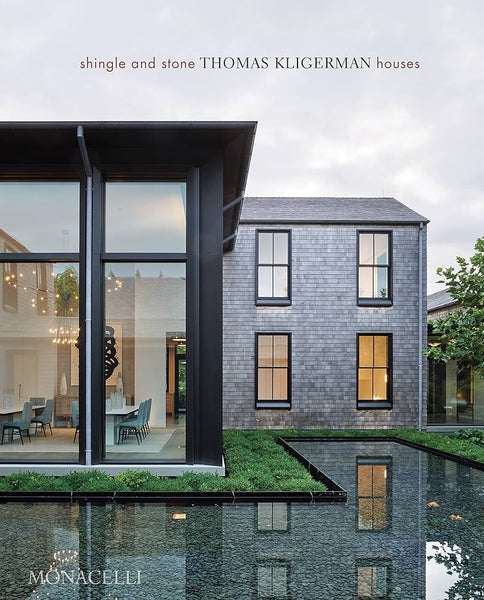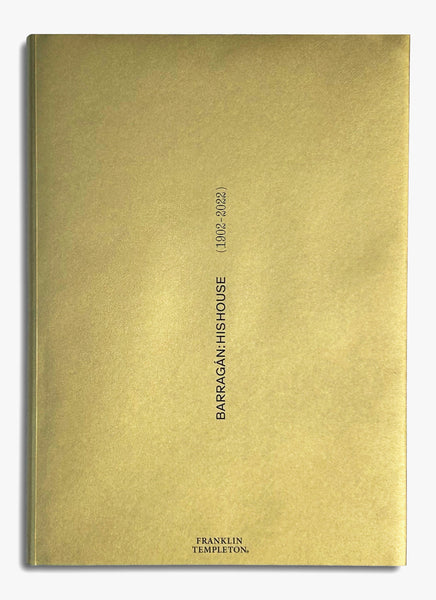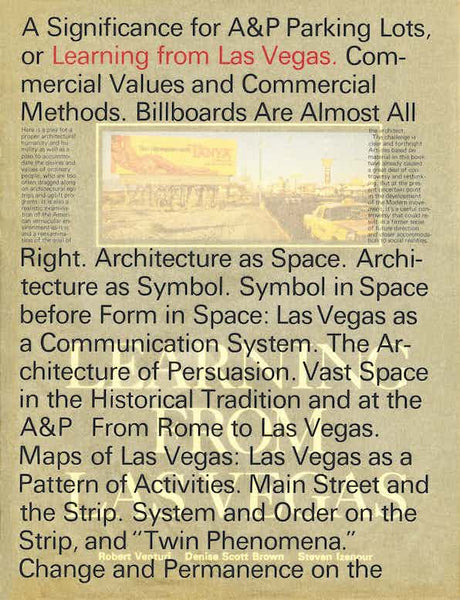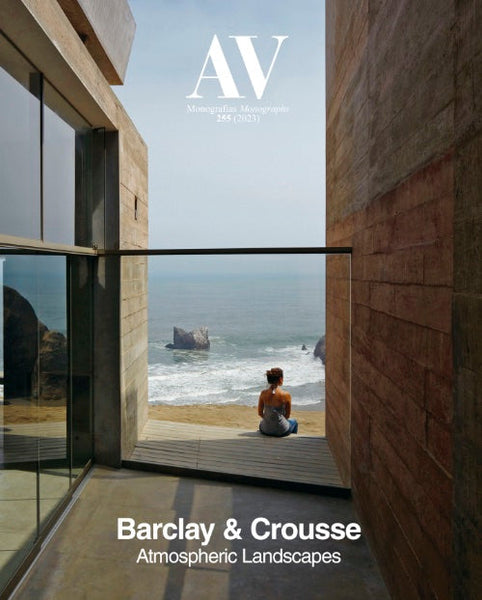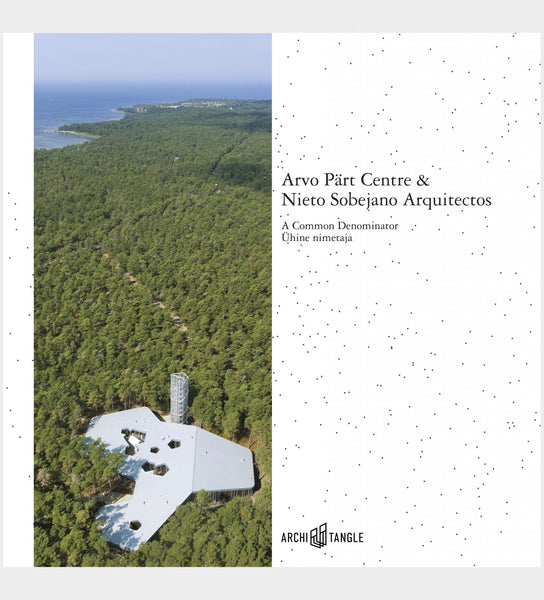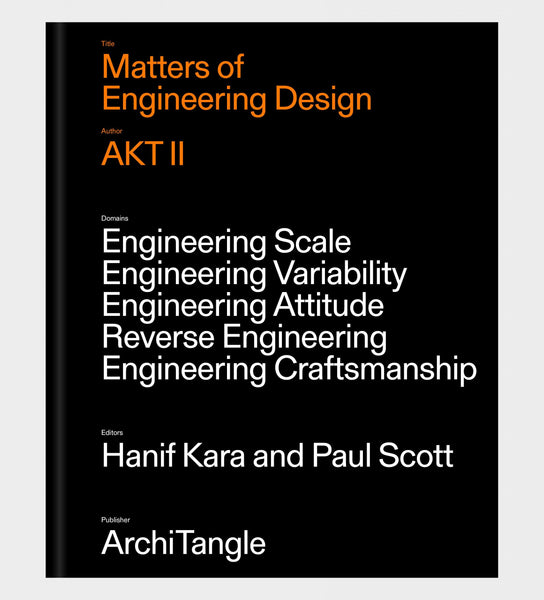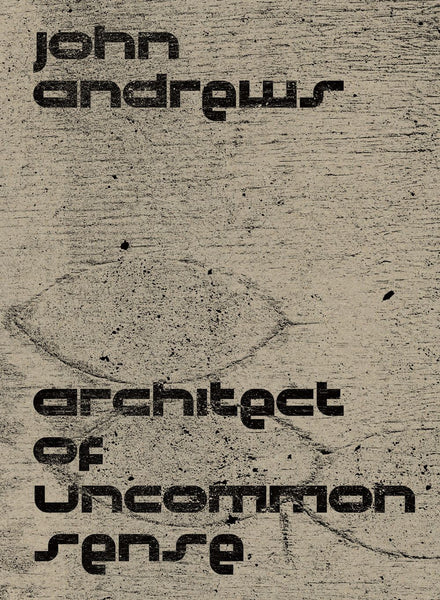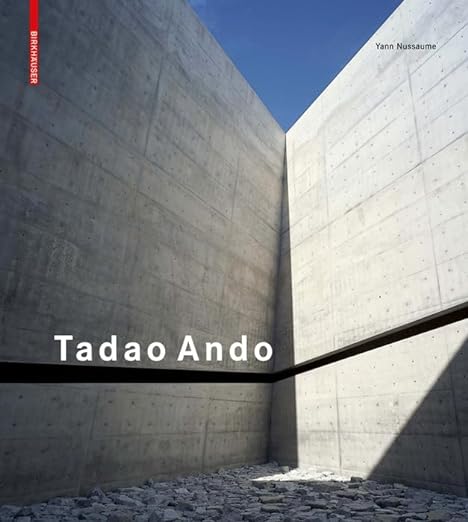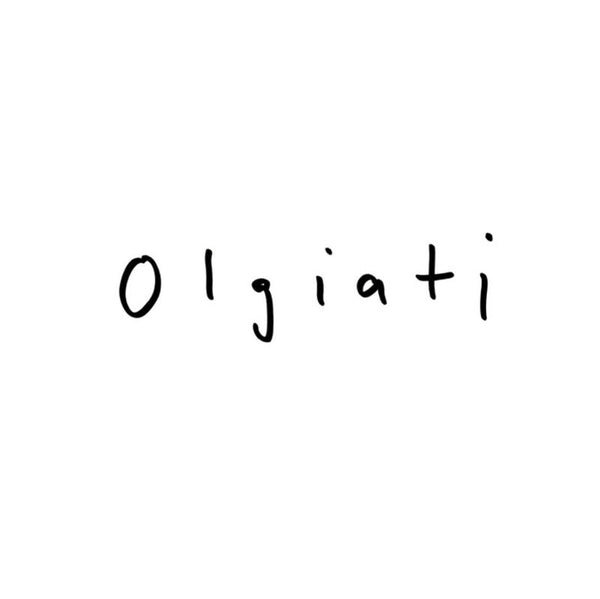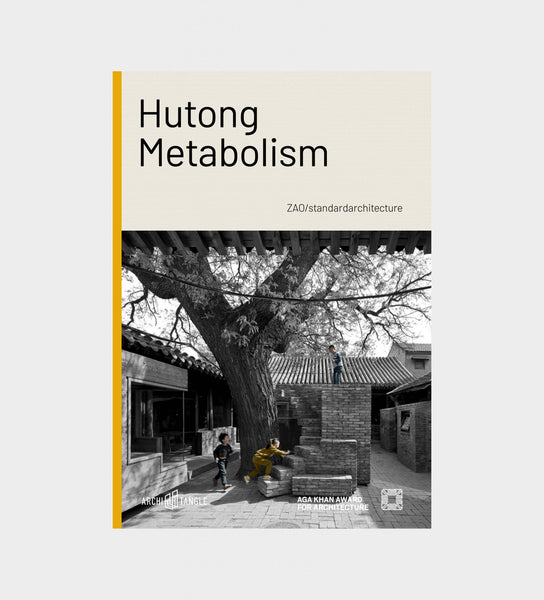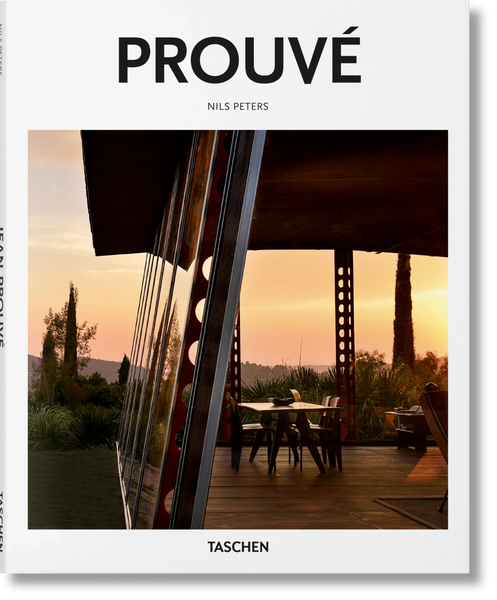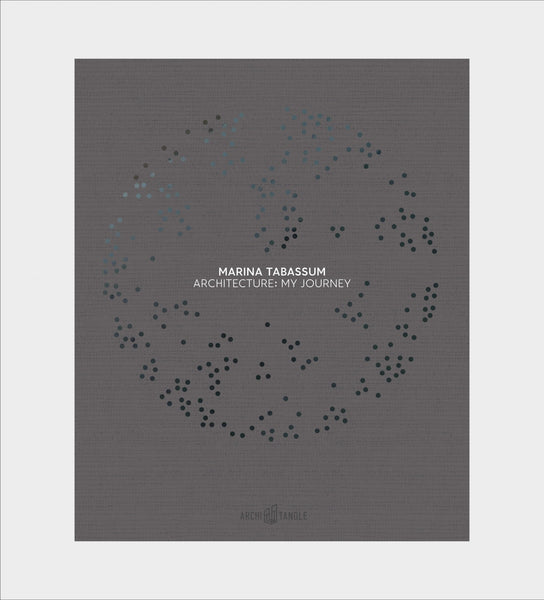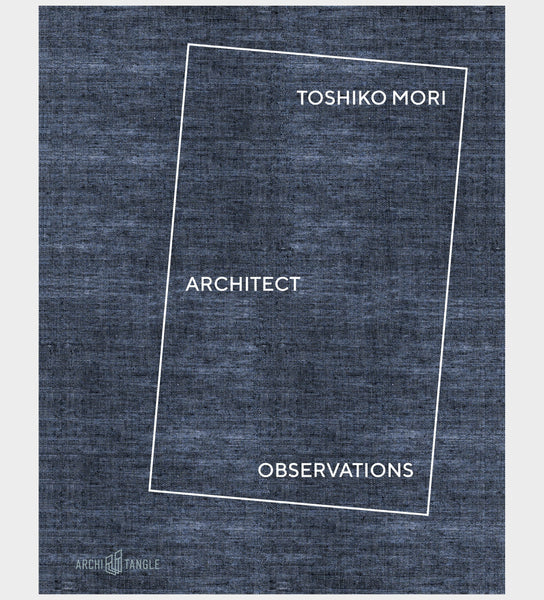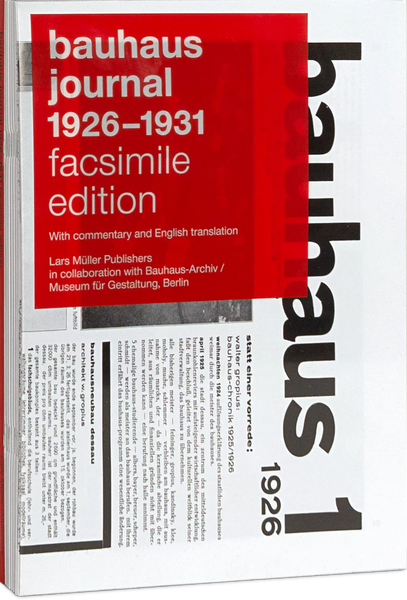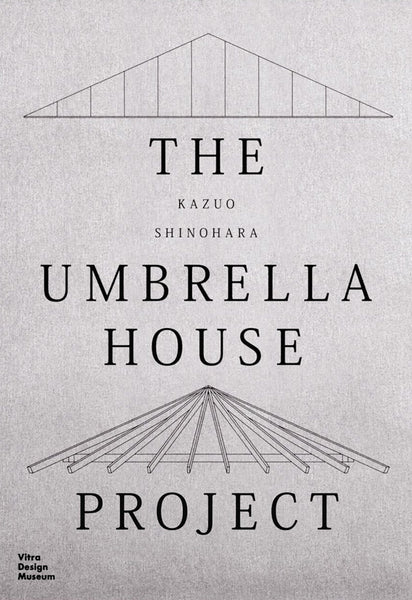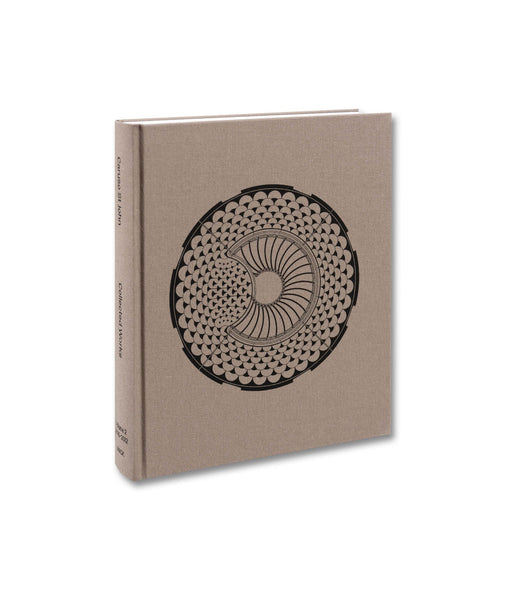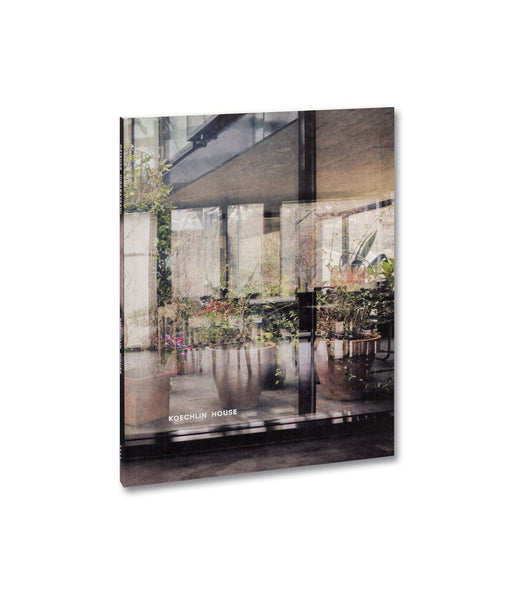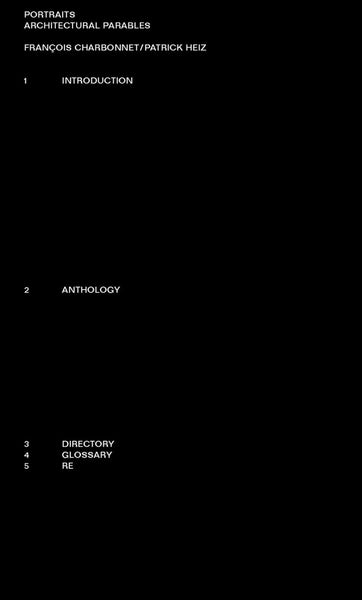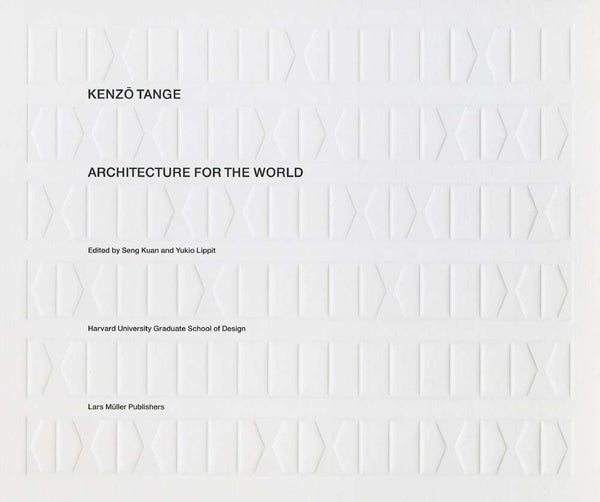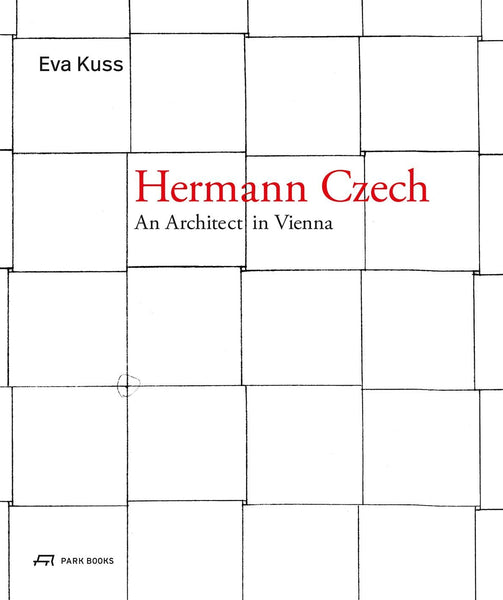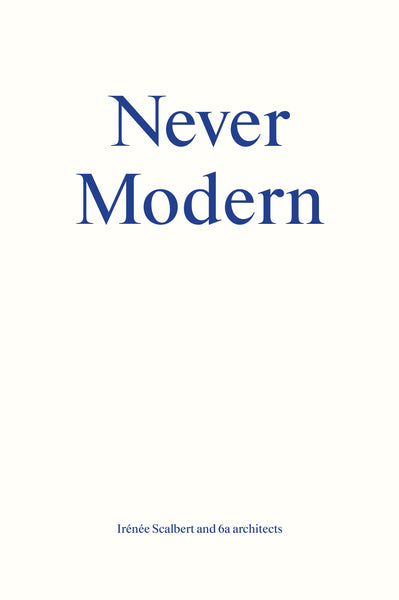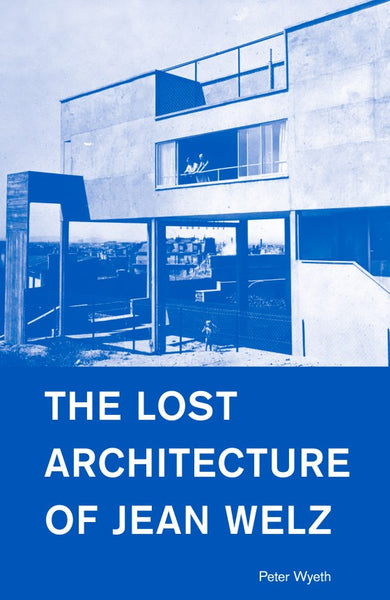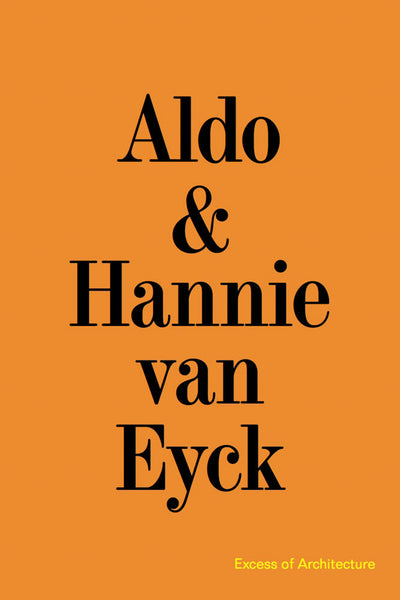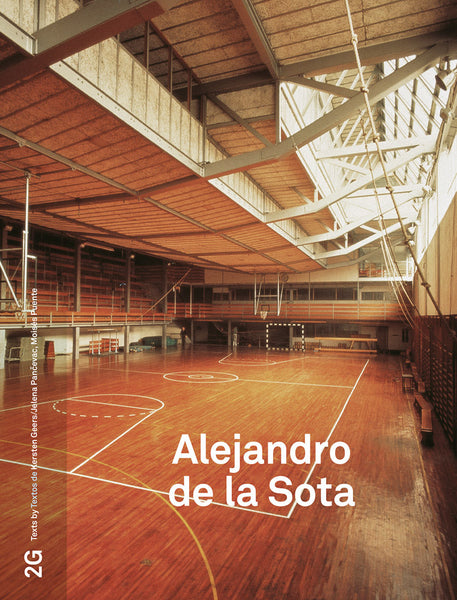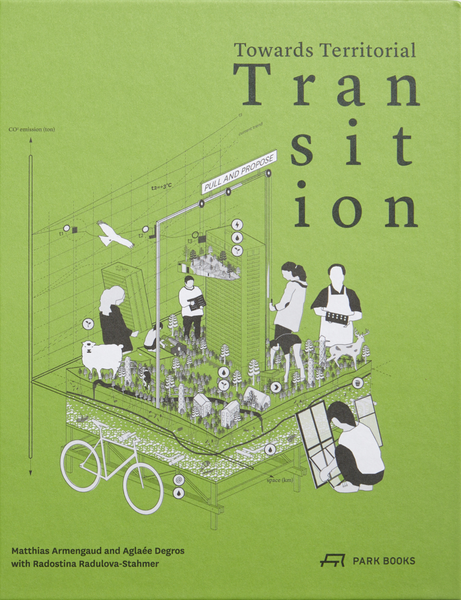

Bucholz McEvoy Architects: Collaborative Practice
Bucholz McEvoy Architects: Collaborative Practice
$29.95
BUCHOLZ MCEVOY ARCHITECTS. Ryan, Ray. Bucholz McEvoy Architects: Collaborative Practice
Artifice Books on Architecture. 2015
Book ID: 97630
The Dublin-based pactice Bucholz McEvoy--run by Chicago-born architect Bucholz and his Irish partner Karen McEvoy--came into prominence in 1996, when, in collaboration
with BDP, they won the competition for the Fingal County Hall in Swords, Dublin. After representing Ireland at the Venice Biennale in 2006, the practice completed another important project in 2008: the Elm park Green Urban Quarter, an upmarket development of over 100,000 m2 in Dublin, comprising a private hospital, hotel, offices, apartments and housing for senior citizens, a creche and leisure centre along with cafes.
The design of Elm Park brought together the many strategies that Bucholz McEvoy had been working with over time. The firm considered energy use, daylighting, and structural performance, investigating how individual building components could be built and installed. The building's microclimate, orientation and shape were also carefully studied to maximise daylight and create natural ventilation and reduce energy footprints. The practice works very closely with the users of their buildings to ensure that the energy outcomes are achieved and that occupants develop a sense of ownership of the structure. The architects meet with the tenants to discuss their work patterns and how the building works, these meetings helped staff tune the building management system to meet the needs of the occupants and maximize energy efficiency.Bucholz McEvoy applies this low energy ethos to all areas of their design and research, from urban planning to furniture design. This, the first published survey of the work of Bucholz McEvoy Architects, is intended not only as a retrospective monographic document, but, like the ever-developing nature of BMA's practice, as a forward-thinking discursive tool, created to inform new modes of nuanced architectural thought through industry-wide conversation and
confrontation.
192 pp. English Pap.
